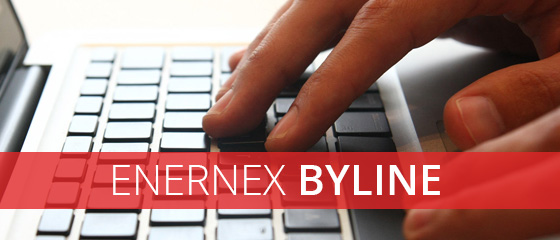Justifying the Cost of DER Hosting Capacity Studies and Investments
By Jeremy Laundergan, Vice President of Consulting Service
As state and federal policies in the United States continue to advocate and mandate lower carbon emissions from the electric power industry with a higher utilization of renewable energy resources, the electric transmission and distribution grid needs to have engineering analysis performed to ensure electric power delivery safety and reliability.
The electric grid has evolved in the U.S. for over 100 years from small local distribution networks to large networks that are connected within North American regional reliability councils regions as well as multi-state wholesale electricity markets. These systems were designed to economically deliver electricity from large generation plants to electricity consumers. However, as distributed energy resources (DER) such as solar photovoltaic (PV) systems continue to proliferate, the engineering design of the transmission and distribution system needs to be reviewed. The Electric Power Research Institute (EPRI) is working to develop the methodologies for these engineering assessments of hosting capacity to determine the capability of distribution feeders to accommodate various levels of distributed PV generation.
While the methodology for performing the hosting capacity engineering analysis are being developed, the regulatory process for reviewing and approving utility requests for the related funding is relatively new. In order to safely enable high-DER penetration, utilities must first secure funding to perform the engineering analysis. Then, once the analysis is complete, utilities must receive funding to implement the actual infrastructure investments to enable higher DER penetration on a specific distribution feeder.



